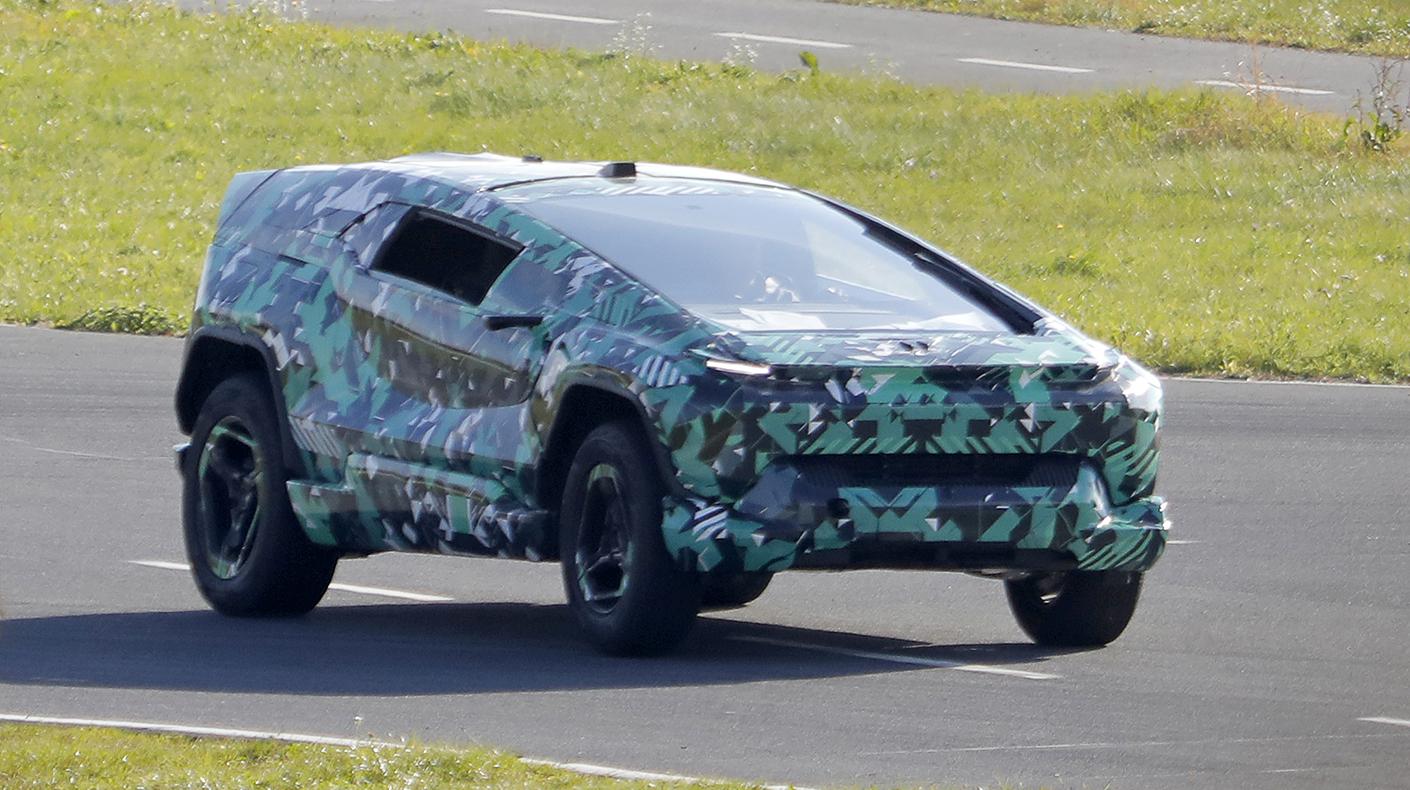By SEMA Washington, D.C., Staff
In a win for proponents of off-highway vehicle (OHV) activity at the Oceano Dunes State Vehicular Recreation Area (SVRA), a study from the University of California, San Diego’s Scripps Institute of Oceanography on mineral dust particles in the dunes area indicates that “dune-derived mineral dust is more likely to be primarily caused by natural forces (i.e. wind) rather than human activities.” A central argument of those who oppose OHV activity at the SVRA is that it harms the environment by causing more particulate matter (dust) that worsens air quality in the region.
The study found that “There is no evidence that toxic compounds...are associated with the two major PM2.5 sources (dune dust and sea spray) during windy conditions at Oceano Dunes, so association of PM2.5 with detrimental health effects may be without foundation.” The study noted that PM2.5 “in urban locations is largely associated with emissions from motor vehicles that include high amounts of toxics, nanoparticles and transition metals. In areas where PM2.5 is dominated by natural emission sources rather than man-made combustion activities, the causal link between toxics and health effects is unlikely to hold.”
The California State Parks Departments’ Off-Highway Motor Vehicle Recreation Commission is holding a workshop to discuss the study on December 9. Click here for more information.
Oceano Dunes SVRA is California’s only OHV park on the Pacific Ocean, located about two hours northwest of Los Angeles near San Luis Obispo. It became a state park in 1974, originally encompassing 3,600 acres but now is less than 1,500 acres. The park draws outdoor enthusiasts from across the country and generates millions of dollars for the local economy.
Oceano Dunes SVRA has been under threat of closure for many years, primarily by groups that object to motorized recreation on the 8-mi. strip of land. Opposition is largely based on environmental arguments—airborne particulate matter (dust) and/or threatened plants and animals. For years, SEMA has joined with many other OHV groups in challenging the scientific basis for the claims and in citing the importance of the area for the enthusiast community.
Two state agencies have been locked in a conflicting jurisdictional dispute, the California Coastal Commission (CCC) and State Parks. The CCC contends that it has primacy with respect to environmental concerns while State Parks cites a mandate from the State Legislature to manage the area for OHV use.
In March 2021, the CCC voted to shut down OHV access within three years. SEMA and several other off-road groups have challenged the CCC decision in lawsuits filed in California State Superior Court for San Luis Obispo County. The Court has scheduled a hearing for January 2022.
In a separate action, the CCC is also holding a December 17 public hearing on a State Parks proposal to remove 130 acres of OHV and camping areas at Oceano Dunes as part of dust control mitigation and dune habitat restoration effort. CCC staff support State Parks request since it does not conflict with the CCC directive that all vehicular recreation be eliminated by January 2024.
For more information, contact Stuart Gosswein at stuartg@sema.org.





